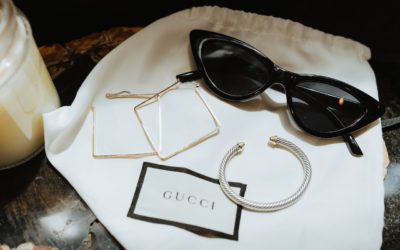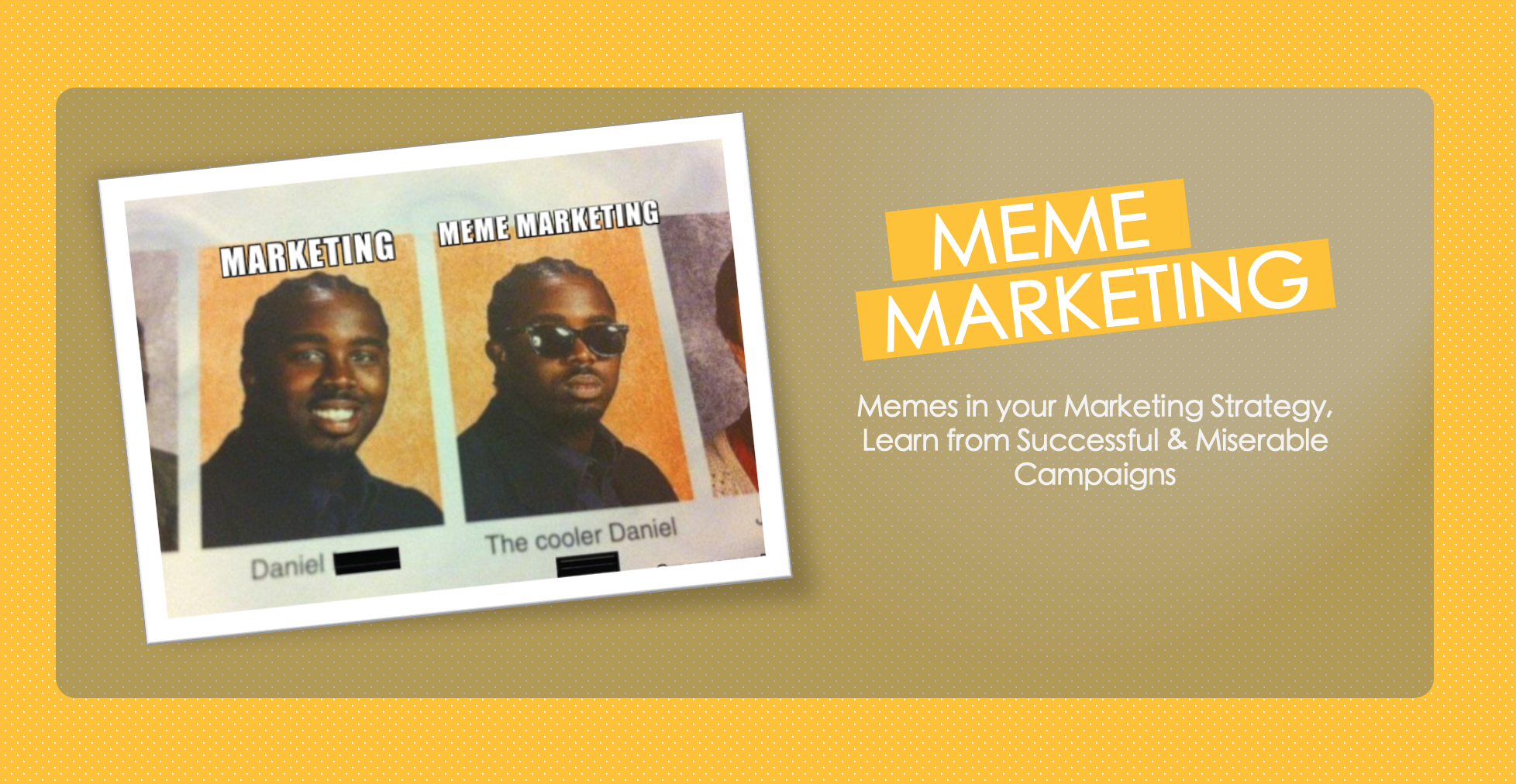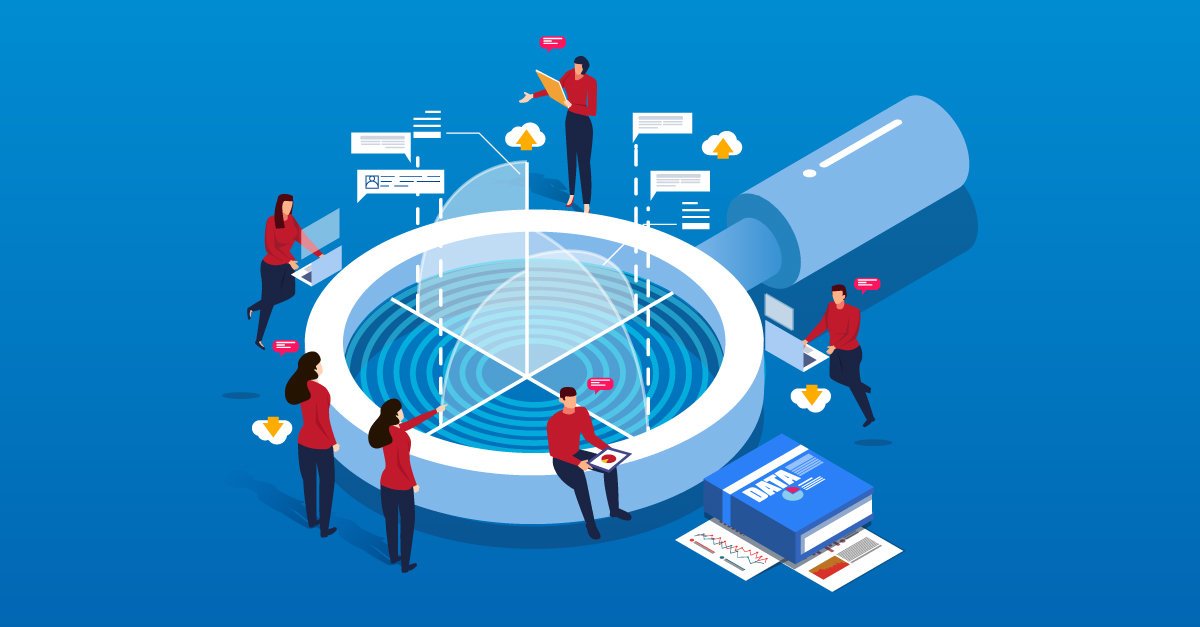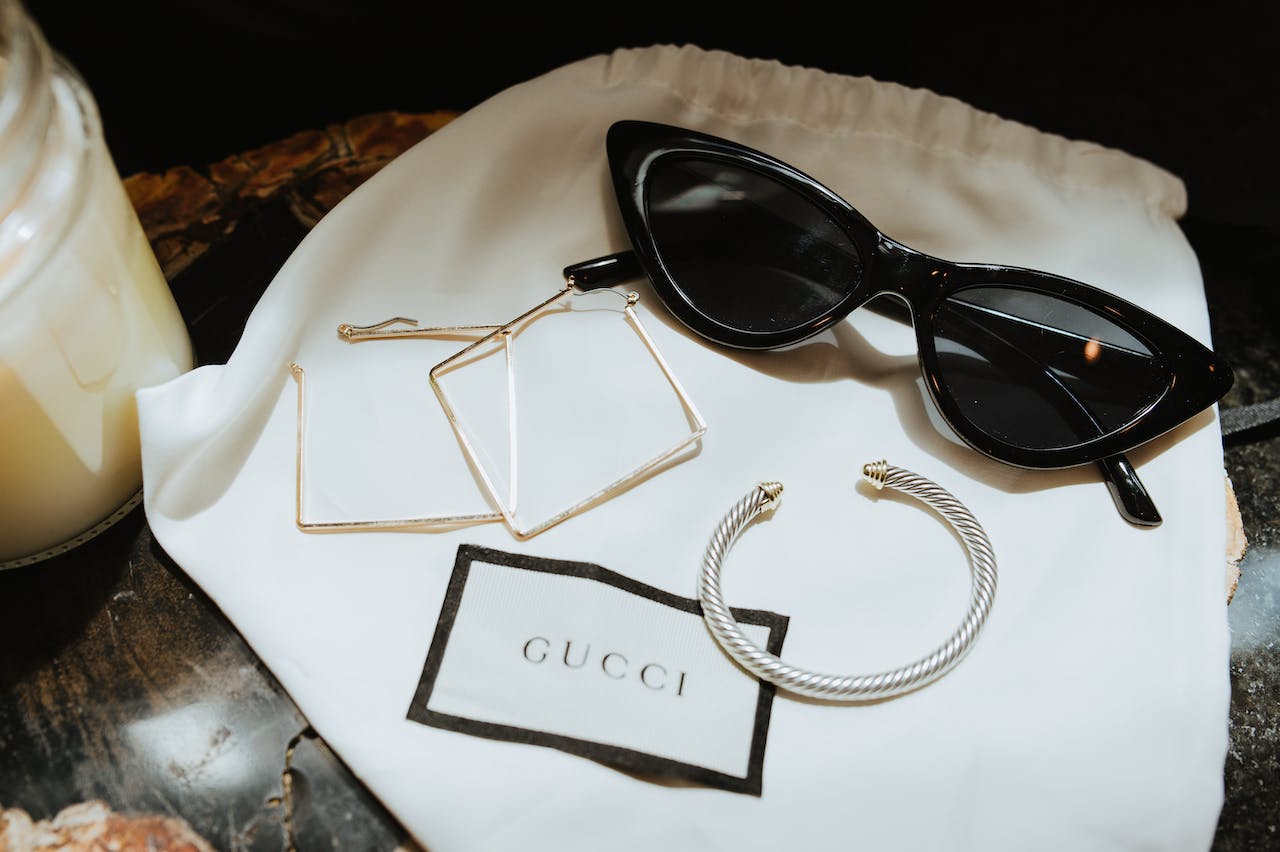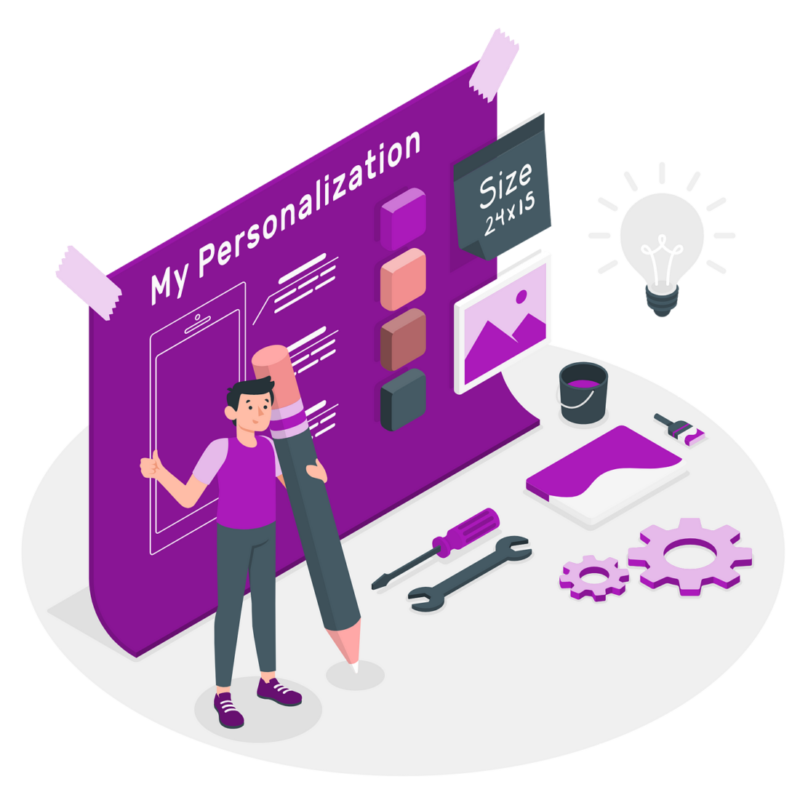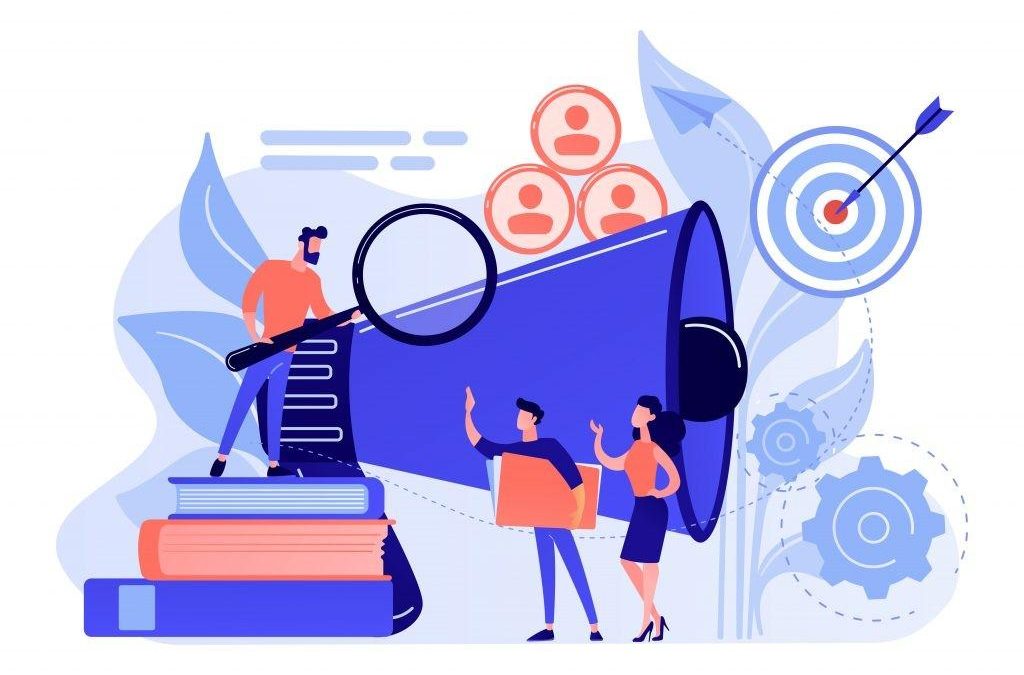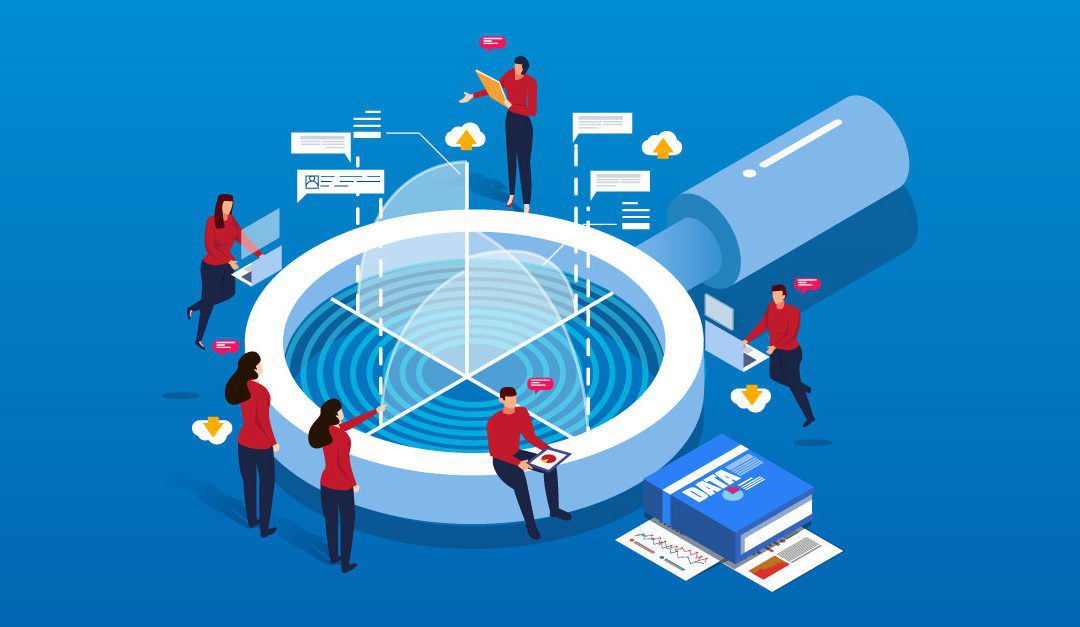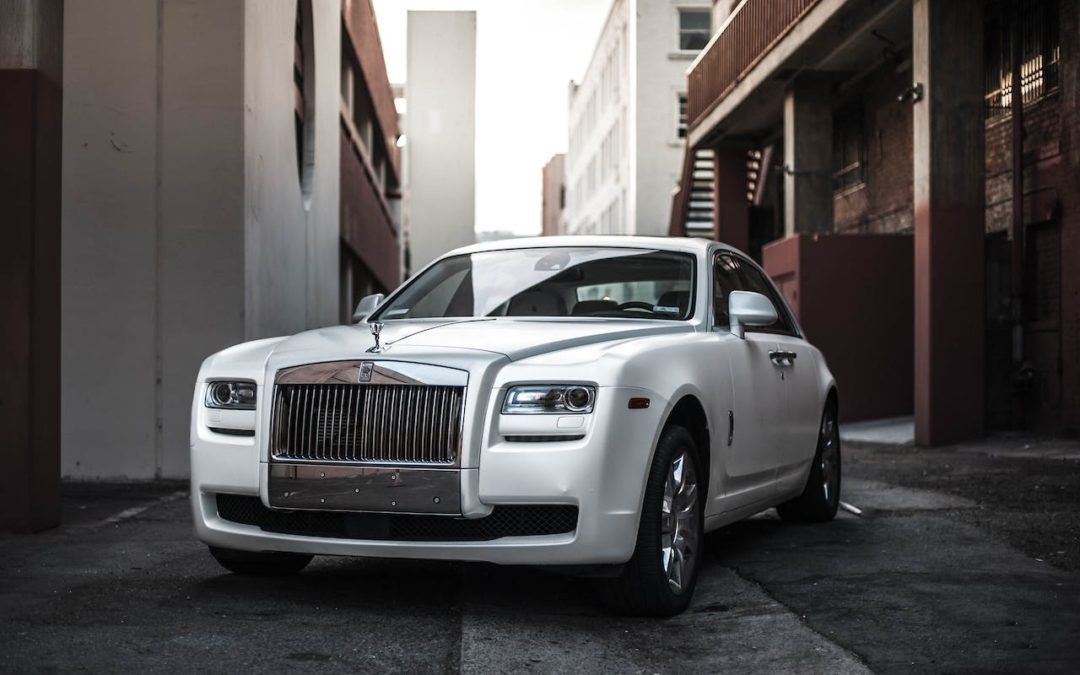Luxury brands are facing a slowdown in sales due to a surging economic crisis, and relying on exclusivity, quality, and craftsmanship is not cutting it, especially when their value and pricing are being questioned by their own consumers.
Because of that, retention will be affected, and the digital strategic trends that could help are pointing towards a more personalized, engaging, and meaningful experience. That’s why data-driven luxury strategy is becoming a key competitive advantage for luxury brands that want to compete and grow beyond digital channels while creating value across the entire fashion and luxury value chain.
In this article, we will explore how data analytics can be harnessed to tailor luxury brand experiences for consumers and beat the competition by not only impacting sales but also solving the biggest problem: retention rates.
Don’t worry, examples of how luxury brands are using a Data-Driven Luxury Strategy to create value and drive growth will be covered, as well as challenges and opportunities for data-driven luxury and digital transformation.
In this article:
- How Big Data Analytics Drives Luxury Brands’ Growth Beyond Digital
- How Data and Analytics Can Create Value Across the Fashion and Luxury Value Chain
- Why Luxury Brands Need to Embrace Big Data to Connect with Customers and Drive Growth
- How to Build Data-Driven Transformation in Luxury
- What are the Ethical and Legal Implications of Using Customer Data in Luxury
- How to Measure the Impact and ROI of Data and Analytics Initiatives in Luxury
What is a Data-driven Luxury Digital Strategy?
Let’s start with the basics. Any digital strategy has to rely on data and analytics to understand customer preferences, behaviours, and needs and to tailor products, services, and experiences to perfect their Customer Experience and enhance their Customer Journey. By leveraging data and analytics, luxury brands can create more relevant, customized, and memorable interactions with their customers, differentiate from their direct or indirect competitors, and increase their loyalty, satisfaction, and advocacy.
A Data-driven Luxury Strategy can also help luxury brands innovate and differentiate themselves from competitors, and measure the impact and ROI of their initiatives.
A Luxury brand is not only competing with their known compeitors, they are indirectly competing with a mortgage payment or wealth management services.
Data-Driven Luxury Analytics: How Big Data Drives Luxury Brands’ Growth Beyond Digital
One of the main benefits of data and analytics for luxury brands is that it enables them to go beyond digital channels and reach customers across multiple touchpoints. Digital channels like e-commerce, social media, and mobile apps have become essential to reach Millennials and Gen Zers. However, digital channels alone are not enough to convey the full luxury experience, which also involves physical, emotional, and sensory aspects.
For this, it is essential to gain a 360-degree view of their customers and understand their preferences, behaviours and needs at each stage of the purchase funnel. How do they do that? By collecting and analyzing data from various sources, such as web analytics, CRM, POS, loyalty programs, and IoT devices to integrate their online and offline channels, and create seamless and consistent customer journeys. This results in personalized recommendations, offers, and content and to optimize their pricing, merchandising, and inventory management.
Moreover, data and analytics can help luxury brands enhance their physical stores (physical experience), which are still the main revenue drivers for the luxury industry. By using data and analytics, luxury brands can create smart and connected stores, which use technologies such as RFID, NFC, AR, VR, and AI to enrich the in-store experience. For example, luxury brands can use data and analytics to provide interactive displays, virtual fitting rooms, smart mirrors, and personalized assistants, which can increase customer engagement, satisfaction, and conversion.
Examples of Data-Driven Luxury Brands & their growth beyond digital
- Burberry on Personalized Experience: A pioneer in using data and analytics to create a seamless and personalized omnichannel experience. Burberry uses RFID tags on its products, which can trigger relevant content on customers’ smartphones or in-store screens, such as product information, styling tips, and runway videos. Burberry also uses data and analytics to offer personalized recommendations and offers to its customers, based on their browsing and purchase history, preferences, and location. Burberry’s data-driven approach has helped it increase its online sales by 50% and its in-store sales by 15%.
- LVMH on Customer Experience & Loyalty: The French luxury conglomerate has been investing heavily in data and analytics to enhance its customer experience and loyalty across its portfolio of brands, such as Louis Vuitton, Dior, and Fendi. LVMH has created a centralized data platform, called LVMH Data Lake, which collects and analyzes data from various sources, such as e-commerce, social media, CRM, and IoT devices. LVMH uses this data to offer personalized and contextualized services and content to its customers, such as online appointments, live chats, virtual try-ons, and curated recommendations. LVMH’s data-driven strategy has helped it increase its online sales by 60% and its customer retention by 40%.
- Personalized Purchase experience by Shiseido: The Japanese beauty brand has been using data and analytics to create customized and innovative products and services for its customers. Shiseido uses data and analytics to analyze customers’ skin conditions, preferences, and lifestyles, and to offer personalized skincare solutions, such as Optune, a smart device that dispenses customized skincare formulas based on real-time data. Shiseido also uses data and analytics to create new products and services, such as Synchro Skin, a self-refreshing foundation that adapts to skin tone and texture, and Beauty Innovation Hub, a platform that connects customers with beauty startups and experts. Shiseido’s data-driven approach has helped it increase its customer satisfaction by 30% and its market share by 10%. It was a hit in Japan and Millennial customers.
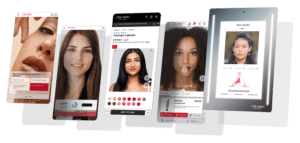
Data-Driven Luxury Strategy: How Can it Create Value Across the Fashion and Luxury Value Chain
A data-driven strategy benefit is that it can help them value across the entire value chain, from design and production to distribution and after-sales. Luxury brands can improve their efficiency, quality, and innovation, and reduce their costs, risks, and environmental impact.
Design and production stage: Data can enable directed creativity and innovation. Brands can gain insights into customer preferences, trends, and feedback, and use them to inspire and inform their design decisions. Production process steps can be optimized, such as sourcing, manufacturing, and quality control, by using technologies such as predictive analytics, machine learning, and blockchain. For example, data and analytics can help luxury brands forecast demand, manage inventory, track materials, and ensure authenticity and traceability.
Distribution and after-sales stage: Data and analytics can enhance customer service and loyalty. Brands can offer more convenient and flexible delivery and return options, such as click-and-collect, same-day delivery, and free returns. Even provide more proactive and personalized after-sales service, such as repairs, maintenance, and upgrades, by using technologies such as IoT, chatbots, and CRM. For example, data and analytics can help luxury brands monitor product performance, anticipate customer needs, and offer tailored solutions.
Examples of Data-Driven Luxury Strategy to optimize the value chain
- Gucci’s Design and Production Process Enhancement: The brand analyzes customer feedback, social media sentiment, and online behavior to identify emerging trends and customer segments. It also uses that data analysys to optimize its supply chain, such as sourcing, manufacturing, and logistics, by using technologies such as RFID, AI, and blockchain. Gucci’s data-driven approach has helped it increase its product innovation, quality, and efficiency, and reduce its environmental impact.
- Chanel’s Distribution and After-Sales Service improvement: The brand offers more convenient and flexible delivery and return options, such as click-and-collect, same-day delivery, and free returns, by using technologies such as geolocation, mobile apps, and QR codes. Chanel also provides more proactive and personalized after-sales service, such as repairs, maintenance, and upgrades, by using technologies such as IoT, chatbots, and CRM. With this, the brand has increased its customer service, loyalty, and retention.
- Prada’s Design and production + distribution and after-sales improvement: It has gained insights into customer preferences, trends, and feedback and used them to inspire and inform its design decisions. It also optimizes its production processes, such as sourcing, manufacturing, and quality control, by using technologies such as predictive analytics, machine learning, and blockchain. It also made a more flexible delivery and return process by implementing click-and-collect, same-day delivery, and free returns, and implementing technologies such as geolocation, mobile apps, and QR codes.
Why Luxury Brands Need to Embrace Big Data to Connect with Customers and Drive Growth
Data and analytics are essential for luxury brands’ survival and success in the competitive and dynamic luxury market. Luxury brands face several challenges and opportunities that require them to embrace big data and use it to connect with customers and win those KPIs.
Changing customer behaviours and expectations in the luxury category is one of the big challenges that luxury brands face. Today’s Customers are more informed, demanding and less loyal than ever. They expect luxury brands to offer not only high-quality products, but also personalized, engaging, and meaningful experiences. They also expect them to be transparent, authentic, and responsible, and to align with their values and beliefs. Moreover, customers today are more diverse, global, and mobile, and they use multiple channels and devices to interact with luxury brands.
Added to previously mentioned challenges, the consumer attention span is shortening, having 12 seconds for Millennials and 8 seconds for Gen Z, less than a goldfish (9 seconds).
Big data helps offer customers what they want, when they want, and how they want it. By using big data, luxury brands can segment their customers based on their preferences, behaviors, and needs, and target them with relevant and customized messages, offers, and content. They can also create more engaging and interactive experiences and build long-term relationships and loyalty with them.
Increasing competition and disruption of the luxury market is another challenge. Luxury brands are not only competing with each other, but also with new entrants, such as online platforms, niche brands, and influencers, who are offering more accessible, affordable, and diverse luxury products and services. Not to mention the threat of counterfeiting, piracy, and imitation, which can damage their reputation and revenue.
By using big data, they can differentiate themselves from competitors and protect their brand identity and value. How? They can identify new opportunities and trends, and create new products and services, enhance their brand awareness, and communicate their value (USP). Luxury brands can also ensure the authenticity and traceability of their products, and prevent fraud and theft.
Customer Connection Examples to impact growth
- Tiffany & Co.’s Personalized Customer Experiences: The brand is using big data to increase its customer loyalty and retention. It analyzes customer feedback, social media sentiment, and online behaviour and offers personalized recommendations, offers, and content to its customers based on their preferences, occasions, and life stages. It also aims to create more interactive and immersive experiences for its customers, such as the Tiffany Blue Box Cafe, which offers a themed dining experience inspired by the iconic Tiffany blue color and the movie Breakfast at Tiffany’s.
- Moncler’s Differentiation from Competition and Counterfeiting: It has been using big data to innovate and differentiate itself from competitors, and to increase its brand awareness and revenue. It also identifies new trends and customer segments and creates new products and collections that cater to diverse and global customer needs and preferences to communicate a unique story to its customers. As the brand is popular, big data helps to fight counterfeiting by communicating steps to ensure the authenticity and traceability of its products.
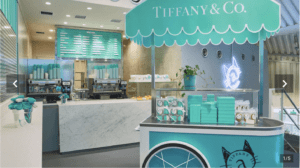
Tiffany Cafe in Tokyo in 2022
How to Build Data-Driven Transformation in Luxury
Embracing big data is not only a matter of using data and analytics tools and techniques but also a matter of building a data-driven culture and developing the skills and capabilities in the team that will be up to par with other specialized agencies.
Many articles say what, but few say how to build a data-driven culture or grow it across the company to reach the KPIs.
Back to Basics: In our experience, the key is going back to basics, defining or redefining the data and analytics vision and strategy that matches the current capabilities, and map out what is needed to grow those capabilities. Also, brands need to have a clear and shared understanding of why they need to use data for, what they want to achieve, and how they will measure their success. Lastly, the brand’s data and analytics vision and strategy must align with its business goals and objectives and be communicated effectively to its stakeholders.
Investments in Infrastructure: Investing in infrastructure and governance is key. Luxury brands need to have the right data and analytics platforms and systems, which can collect, store, process, and analyze data from various sources, and which can support the needs and requirements of different functions and departments. Also, having appropriate governance and policies is essential in ensuring the quality, security, privacy, and ethics of data and analytics, and which can comply with the relevant laws and regulations.
Get the Right Talent: There is a trend in which luxury and non-luxury brands attract talent with the appropriate skills to manage everything in-house. However, it is one thing to attract talent and another to retain it. Regardless of the system’s complexity, the positions and roles within the team need to be well understood to avoid redundancies and rework. For example, a data-driven luxury strategy may need data scientists, data engineers, data analysts, data architects, data stewards, and data translators, among others, and each role needs to be mapped out so brands can avoid costs or PR nightmares communicating layoffs.
As a recommendation from a Product and Project Manager, think first about the required technical skills for the projects and their KPIs, such as programming, statistics, and machine learning, and business skills, such as communication, collaboration, and problem-solving.
Data-driven Culture Examples
- Ralph Lauren’s Digital Transformation Growth: The American luxury brand has created more personalized and engaging customer experiences, and has optimized its operations and performance to offset declining sales from 2022. It has also invested in infrastructure and governance, which includes a cloud-based data platform, a data lake, and a data governance framework. It has also developed its team’s talent and skills, which includes hiring data and analytics experts and tools and techniques training for its employees.
- Kering’s Customer Experience (CX) & Loyalty: The French luxury group has been enhancing its customer experience and loyalty across its portfolio of brands, such as Gucci, Saint Laurent, and Balenciaga. It has focused on a more personalized and contextualized services and content, and effective initiative and ROI measuring. It has invested in infrastructure and governance, which includes a centralized data platform, a data lake, and a data governance committee even partnering with Apple for a suite of apps that helps improve the CX. For training skills, it created a data and analytics academy, and partnering with academic institutions and startups.
- Richemont’s Improved Loyalty : The Swiss luxury group has been focusing on improving its customer service and loyalty across its portfolio of brands, such as Cartier, Montblanc, and Van Cleef & Arpels. It has centered into a more proactive and personalized after-sales service with Machine Learning to increase its customer retention and advocacy. Regarding infrastructure it has a cloud-based data platform, a data lake, and a data governance board.
What are the Ethical and Legal Implications of Using Customer Data in Luxury?
Luxury brands have access to a wealth of customer data, from online and offline interactions, social media, loyalty programs, CRM systems, and more. As an upside, this helps in personalization, loyalty and satisfaction. However, as a downside, it comes with ethical and legal implications, such as:
- Privacy and Consent Compliance. Apart from customer’s consent, luxury brands need to collect, store, and use their data in a transparent and secure way, as well as, complying with the relevant data protection laws and regulations, such as the GDPR in Europe, and inform how their customers’ data is used and shared, and what rights they have over their data. Also, avoid collecting or using sensitive or irrelevant data, such as biometric, health, or political data, unless they have a clear and legitimate purpose and consent from their customers.
- Maintain Trust and Reputation. Brands need to avoid controversy especially if it could be interpreted as a way of discrimination, manipulation, or fraud. Also, be conscientious about partners that could share or sell their data to third parties without their customers’ knowledge or consent or even use their data to create products or services that are inconsistent with their brand identity or quality standards.
- Responsibility and accountability. This is really important when managing their data and analytics practices. Appropriate governance and oversight mechanisms area a must. This is the riskiest part as it involves their employees, partners, and vendors. That is why a data and analytics audit and review process can ensure any activity is monitored, measured, and reported.
Bad Data-Driven Example: LVMH’s Data Violation
An example of a luxury brand that faced ethical and legal implications of using customer data is LVMH, the world’s largest luxury group. In 2023, LVMH was fined €10 million by the French data protection authority (CNIL) for violating the GDPR, by failing to obtain valid consent from its customers for sending them personalized marketing emails. LVMH also faced criticism from some of its customers and stakeholders, who felt that their privacy and trust were breached by the company’s data practices.

LVMH fined €10m for GDPR breach : LVMH customers unhappy with data breach
How to Measure the Impact and ROI of Data and Analytics Initiatives in Luxury
Data and analytics initiatives can help luxury brands create value and enhance customer experiences, but they also require significant investments and resources. Therefore, luxury brands need to measure the impact and ROI of their initiatives, and ensure that they align with their business objectives and strategies. Some examples are:
- Define clear and relevant metrics and KPIs. Define what success looks like and what metrics and KPIs will be used to measure it. Some examples include increasing customer satisfaction, loyalty, retention, or revenue. They should also be SMART (specific, measurable, achievable, relevant, and time-bound), and aligned with the overall business objectives and strategies of the luxury brand.
- Use a balanced scorecard approach. Measure the impact and ROI of data and analytics initiatives, and consider both the quantitative and qualitative aspects of their performance. A balanced scorecard approach can help evaluate initiatives from four perspectives: financial, customer, internal, and learning and growth.
- For example, a luxury brand can measure the financial impact of their initiatives by looking at the revenue, profit, or cost savings generated by them; the customer impact by looking at the customer satisfaction, loyalty, or retention rates; the internal impact by looking at the operational efficiency, quality, or innovation; and the learning and growth impact by looking at the skills, capabilities, or culture developed.
- Use a data-driven feedback loop. Use it to measure the impact and ROI, and continuously monitor, analyze, and improve their performance. This can help luxury brands collect and use data to track and evaluate their initiatives, identify and understand the drivers and barriers to their success, and implement and test changes and improvements based on data insights. A data-driven feedback loop can also help luxury brands communicate and report their results and achievements to their stakeholders, and demonstrate their value and impact.
Measuring ROI Impact of Data-Driven Strategy Examples
In 2023, Burberry launched a data and analytics platform called Burberry Customer Insight Hub, which integrated data from multiple sources, such as online and offline transactions, social media, CRM systems, and loyalty programs, and used advanced analytics and machine learning to generate insights and recommendations for enhancing customer experiences and increasing sales.
Burberry measured the impact and ROI of their data and analytics platform by using a balanced scorecard approach, and reported that their data and analytics platform helped them increase their revenue by 15%, their customer satisfaction by 20%, their operational efficiency by 25%, and their data skills by 30%.
Conclusion
Data is a double-edged sword; it can increase value and enhance customer experiences, but it also poses severe ethical and legal implications, as well as challenges and opportunities for measuring the impact and ROI of data and analytics initiatives.
But let’s hand it over to you: what do you think about data-driven luxury? How do you use data and analytics for your luxury brand? If you need help in implementing any step of the process from a Product / Project Management perspective, let’s have a chat! 😊













